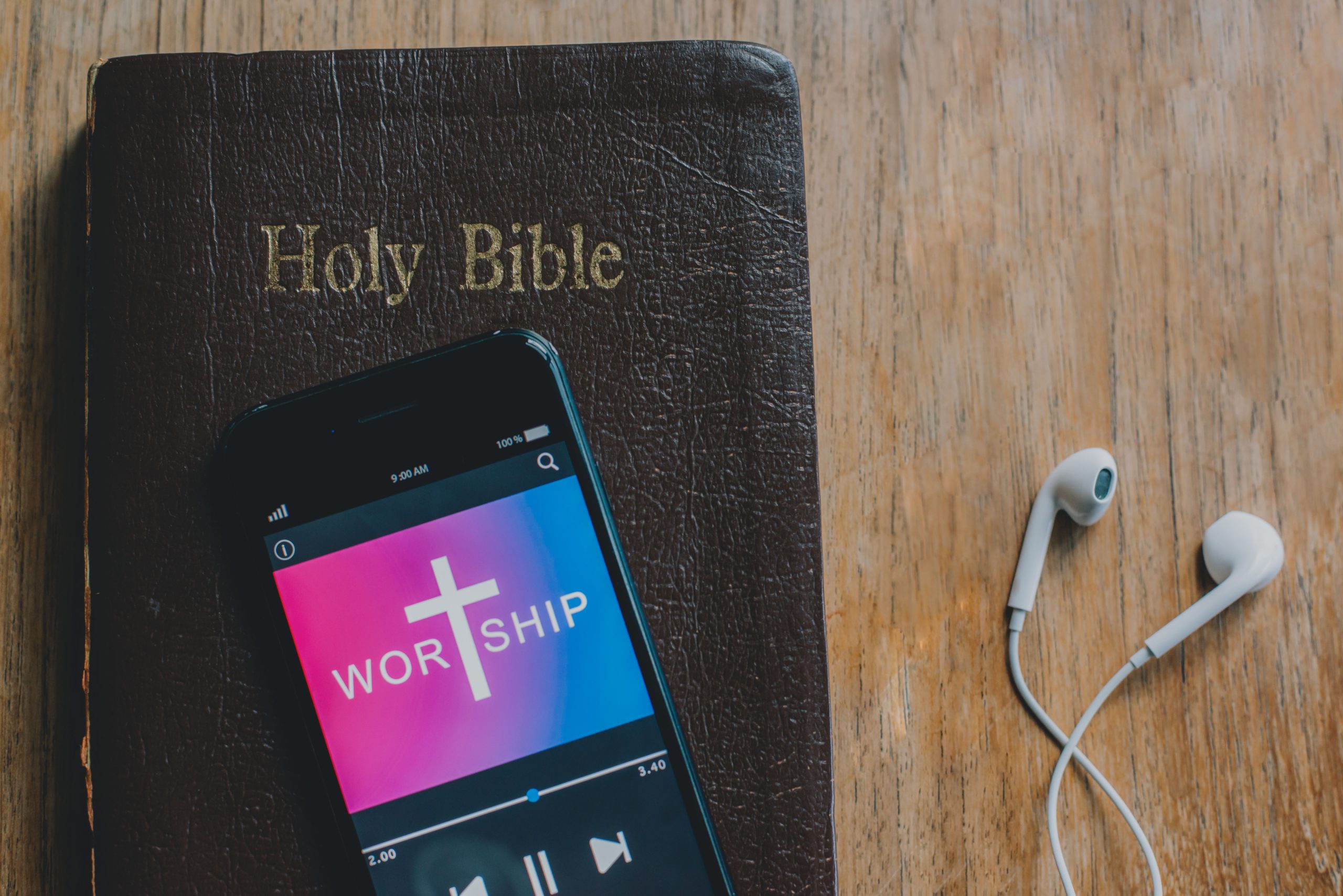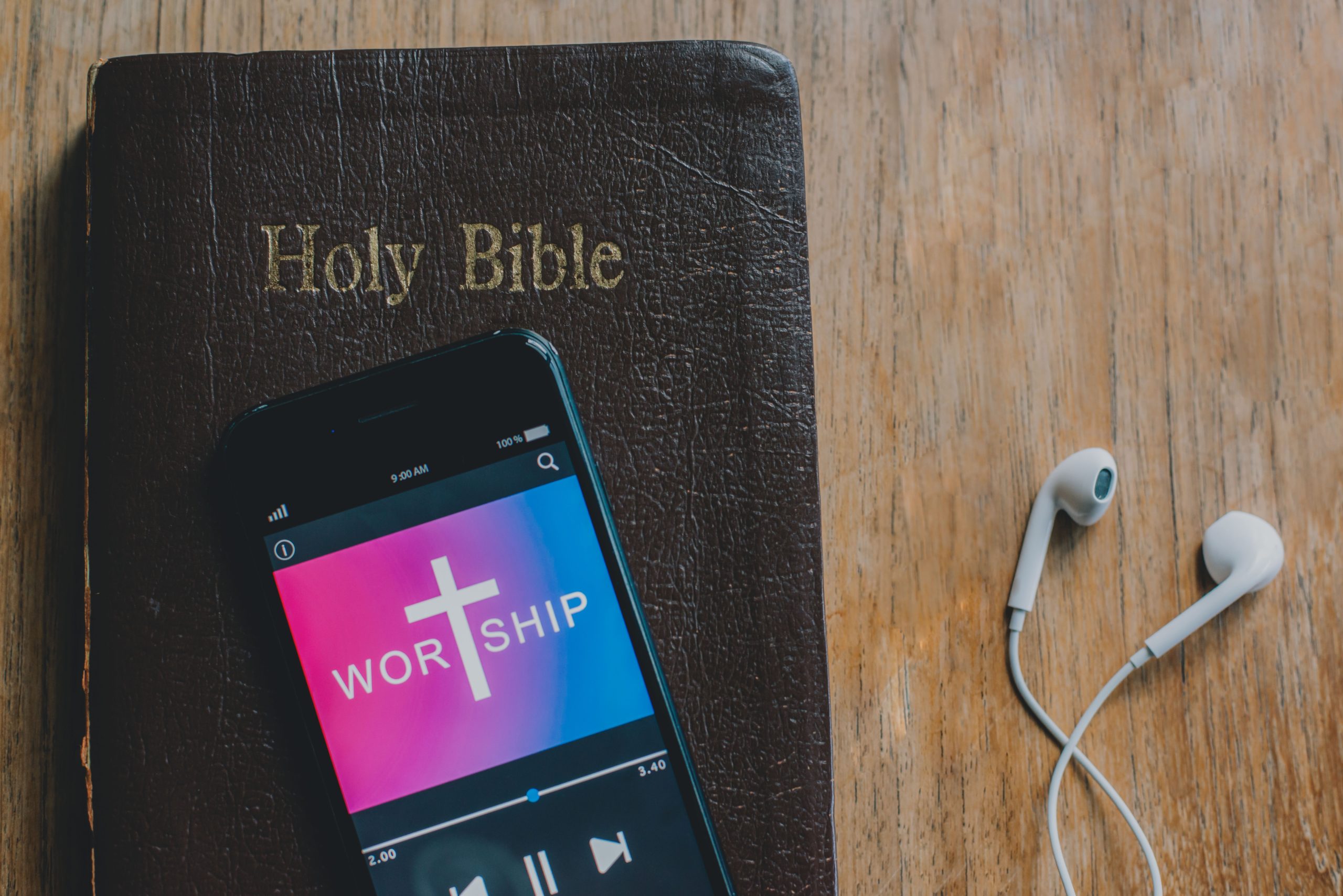

When the coronavirus pandemic hit, U.S. states issued restrictions on social gatherings, forcing houses of worship across the country to shut down. In response to these restrictions, religious leaders brought worship services and rituals online, keeping religious communities engaged and connected even though they were physically separated. As a result, mobile apps and streaming platforms, once built as a supplement to in-person religious gatherings, became the primary point of connection for many congregations. In this report, we look at how the pandemic has changed how Americans use bible apps to practice their faith on their phones. Flurry Analytics, which is owned by Verizon Media, is used in over 1 million mobile applications and provides monthly aggregated insights for over 2 billion mobile devices. For this analysis, Flurry measured mobile usage of bible apps using the median number of sessions across apps. This helps us understand how usage has evolved on average over time, without being heavily influenced by a highly popular app in our sample.
An Initial Surge, And Subsequent Slump
Let’s start by looking at how usage of bible apps has shifted during the pandemic.
In the chart above, we show daily usage of mobile bible apps from January 2020 through February 2021. Each rise and fall across that topography shows how bible usage cycles between Sundays and other days of the week, with Sunday usage spiking. Within the blue area, we identify four time periods:
Normal: Under normal circumstances, people check their digital bible on average 155% more on Sundays than during the rest of the week. This is because people mainly use their mobile bible app during worship services to access and read scripture, according to the National Congregations study. Christianity, the most popular religion in the United States, has worship services on Sundays, which is why there are so many spikes on Sundays.
Orders: In mid-March, U.S. states began rolling out shelter-in-place orders following the National Emergency declared over the coronavirus outbreak. Houses of worship were ordered to close as part of these orders. When people could no longer attend their congregation in-person, usage of bible apps grew in unprecedented ways, doubling within a month. According to a survey conducted by Pew Research, approximately one third of Americans stated that they frequently read the Bible to help them cope with the stresses of the pandemic. This rise in religious practice is in line with this. In addition, a surge in usage of bible apps isn’t that surprising as there was a novelty to online religion, which went from being one option to being the only option to practice faith during challenging times.
Our data also shows that the normal schedule with spiking usage on Sundays changed a lot because most people were told to stay home every day. With in-person worship newly banned, people were no longer engaging with their digital bible on Sundays as distinctively as during normal times.
Post-Orders: At the end of April, as the lockdown and lack of in-person gatherings was wearing on, the novelty of practicing faith on mobile appeared to wear off. Our data shows that bible app usage dropped by half compared to peak usage during orders. Most regular religious attenders said that their congregation began to stream or record its services around that time, according to survey data by Pew research. In addition, these online religious services were viewed by 72% of regular worshippers. As a result, we think the worship streaming experience, which helps bring a greater sense of community, took over some of the bible study time on mobile.
New Normal: Since early September, there has been a return to a distinct cyclicality between Sunday and other days of the week, during which Americans check their bible app 71% more on Sundays. In this New Normal, some congregations have reopened with limited capacity, which could explain the return of bible usage spikes during in-person worship services on Sundays.
In-Person Worship Banned, Faith on Mobile Down
Now that we’ve looked at how Americans changed their bible reading habits on mobile throughout the pandemic, we quantify how bible app usage has changed due to the pandemic. To estimate that shift, we compare usage during the most recent “New Normal” week in February versus a year before, pre-pandemic under “Normal” circumstances.
In the chart above, we show a side-by-side comparison of bible app usage per day during the last week of February in 2020 versus 2021. This corresponds to comparing the “Normal” pre-pandemic section of the previous chart versus the most recent “New Normal” time period. On the left, in dark blue, we show last year’s “Normal” pre-pandemic levels. And on the right, in light blue, we compare the most recent “New Normal” during which in-person worship is restricted.
Compared to pre-pandemic levels, America’s practice of faith on mobile has declined by an average of 17% across all days of the week. Except on Monday, when usage is stable, people aren’t using their Bible app as much as they did before COVID-19. On Sundays, the Christian holy day, usage of bible apps tumbled by 49%. We think this is the result of fewer people needing their app to follow along with sermons during worship service, as these are now mostly being held on streaming services as opposed to in-person.
This suggests that in the New Normal, many Americans have put their digital Bibles back on the shelf. And that when religious ceremonies are no longer held in-person with the rest of the community, many people no longer read the bible on their smartphone during Sunday service. This does not necessarily mean that people stopped engaging with their faith altogether, as they could instead be streaming worship services on Sundays.
Summary: Our Shifting Needs During Crises
Through the COVID-19 crisis, and the resulting shift from in-person to virtual worship, we’ve seen Americans’ worship habits on mobile change considerably.
Bible app use doubled in a month as a result of congregations’ “digital awakening” in the beginning. This was likely the result of a growing need to practice faith to help cope with the stress of the pandemic, as survey data suggests.
This unprecedented rise in practicing faith on smartphones subsequently tapered down. We believe that many people abandoned mobile bible apps in favor of streaming services, which helped bring a stronger sense of community through video and real-time interactions. During this time, 72% of regular worshippers watched religious services virtually, and many of them experienced them for the first time. On Sundays, when digital bibles were used to follow along with sermons during worship services, Faith on mobile saw its greatest decline in usage—a 49% decrease compared to levels prior to the pandemic. This could suggest that attending congregations in-person with the rest of the community helps keep Americans’ mobile bible reading habits stronger.
Because COVID-19 is such an unusual and extended crisis, there may be more long-lasting changes in people’s religious behaviors to come. We’ll continue to update you on important shifts in mobile behavior during the pandemic. Subscribe to the blog of Flurry Analytics and follow us on Twitter and LinkedIn for the most recent reports.

